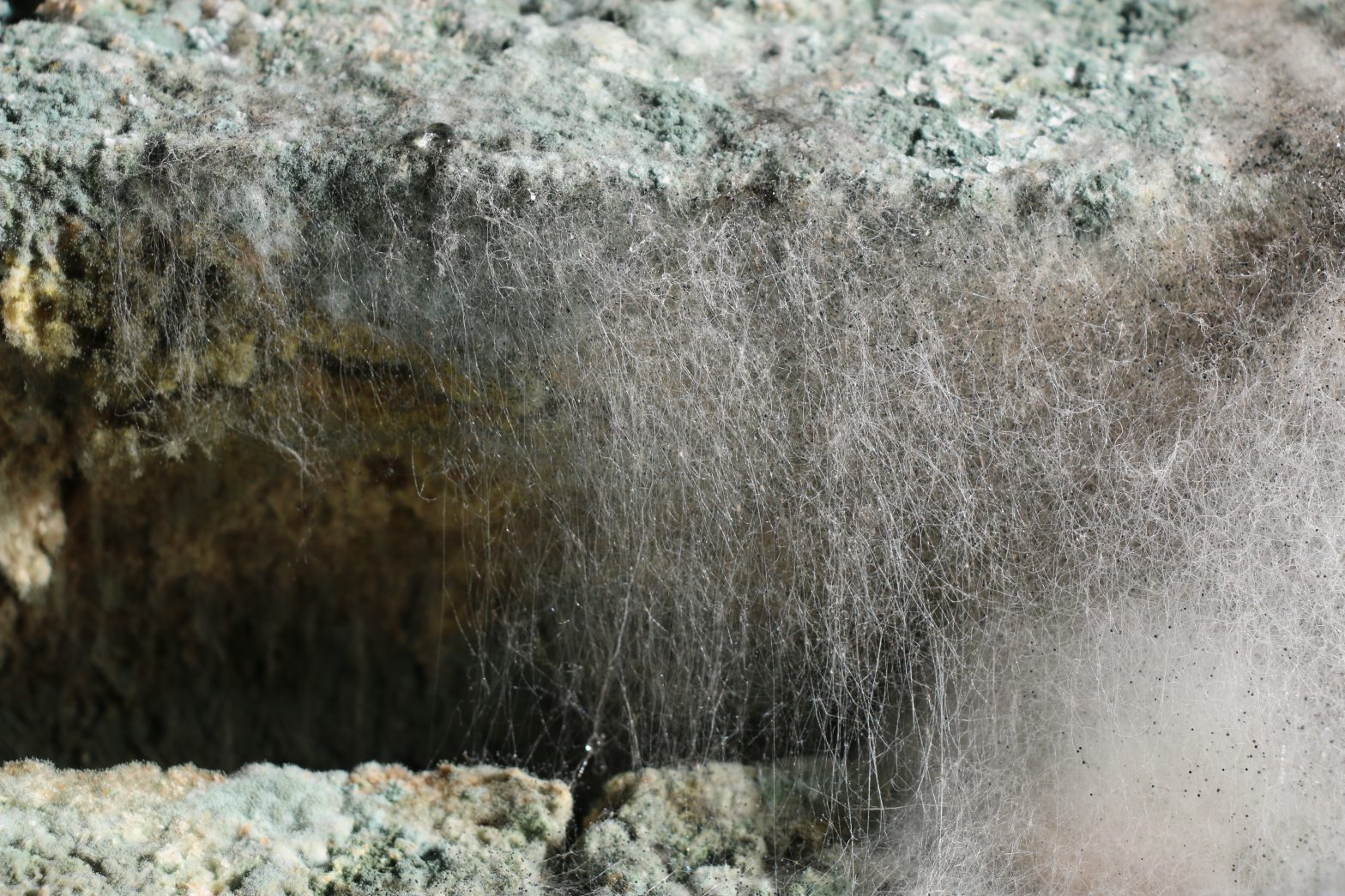The Sanatorium’s Atmosphere is a solo show by the Belgian artist Bruno Goosse, which takes place at the Kogo Gallery in collaboration with Sara Bédard-Goulet, Professor of Romance Studies at the University of Tartu Faculty of Arts and Humanities. Atmosphère sanatoriale questions the invention of the public sanatorium as a political response to the tuberculosis epidemic that appeared at the end of the 19th century in industrialized countries, put into perspective by Estonian history. Kogo Gallery, October 23 – December 18, 2020, Tartu, Estonia.
Already in his treatise “On Airs, Waters, and Places” Hippocrates wrote that one must consider the seasons, observe the quality of the water and the wind, study the different conditions of the soil and people’s way of life in order to practise medicine. Yet, it was not until the industrial revolution, in the context of the fight against the epidemic of tuberculosis that descended upon the working class, that the impact of the environment on health was taken into account in Europe. At the beginning of the 20th century, this realisation gave birth to new places designed to offer a healthy environment: sanatoriums.
Tuberculosis sanatoriums are buildings constucted to stimulate the patient’s recovery with air, sun, rest, and ample food. An architectural symbiosis of the inside and outside – the porch allowed the sick, laid down on deck chairs, to be as much as possible in the open air.
Air is a mix of gases which constitute the atmosphere of the Earth. Colourless, invisible and odourless, it circulates around the Earth carrying and redistributing, with heat coming from the continents and humidity produced by the oceans, all particles sufficiently light to be transported by it.
It is known that our bodies react to their surroundings. But the air that we imagine surrounding us, we also breathe. We are inhabited by it as much as we inhabit it. And we share it not only with the things closest to us but also with the things most far away.


More than an unchangeable place supporting the suspension of time during the never-ending recovery, a sanatorium is considered here as an accelerator of movement, an exchanger of particles. The exhibition Sanatorium Atmosphere is itself considered as an exchange and conversion device.


The discovery of the effect of penicillin on bacterial infections revolutionised the treatment of tuberculosis. After the Second World War, antibiotics replaced the fresh air treatments. Sanatoriums had to adapt. But their destiny differs distinctly according to their position in regard to the Iron Curtain. In the East, the word “sanatorium” kept its connection to the way the environment contributes to health while in the West it still relates to the morbid seriousness of tuberculosis. The first became spa resorts, the second became hospitals or were abandoned.
What becomes of functionalist architecture designed for a specific purpose when this purpose disappears? An architectural gesture? What becomes of an armchair designed especially for tuberculosis patients to help them breathe? A design object, “at the same time monumental and ethereal, the most beautiful armchair designed” by the architect? How do we preserve the things that have lost their value? Do we assign them another?
As an asthmatic child, a mere nothing made me suffocate. Nothing as it was not perceptible, for me anyway. It was then the feeling of suffocation that I waited for and then perceived, like a forewarning of the choking that always threatened to happen, that already made me lose my breath.
So, a new place to occupy, even for a few hours, was as much felt as it was perceived. It was not possible to see, hear, or smell it, you had to be in it for a period of time and observe its effect, i.e. observe yourself. Sometimes the choking came rapidly, with the evidence of the enemy’s presence, sometimes it imposed itself only over time, without me ever being certain of the cause or the place that caused it, nor if it was going to magically disappear.
Strangely, cathedrals have often had the effect of helping me breathe. The aspiration towards height in their architecture became mixed with the inspiration that was so important to me. Once again it was more about feeling than perceiving.
For me, entering a sanatorium is what entering a monastery could be for a novice: a kind of break where the world from before has nothing in common with the world that comes after. Is it a coincidence that I am that moved by the film Breathless? Is it only the word that speaks?
What becomes of functionalist architecture designed for a specific purpose when this purpose disappears? An architectural gesture? What becomes of an armchair designed especially for tuberculosis patients to help them breathe? A design object, at the same time monumental and ethereal, the most beautiful armchair designed by the architect? How do we preserve the things that have lost their value? Or do we give them another?
With documents, archives, photographs, videos, and objects, the exhibition Sanatorium Atmosphere offers an implementation of these transfers: a sanatorium, its intertwined image and its fall caused by Penicillium notatum.


Taken atmospherically, we circulate there like a cloud, carried by the differences in the density of the air masses. The atmosphere can be heavy or light but hopefully it will be stimulating.
